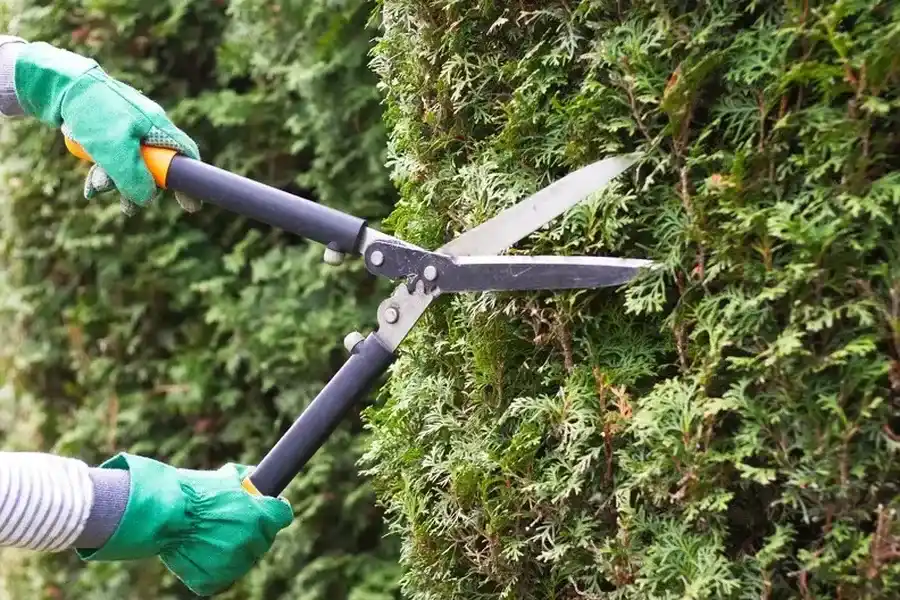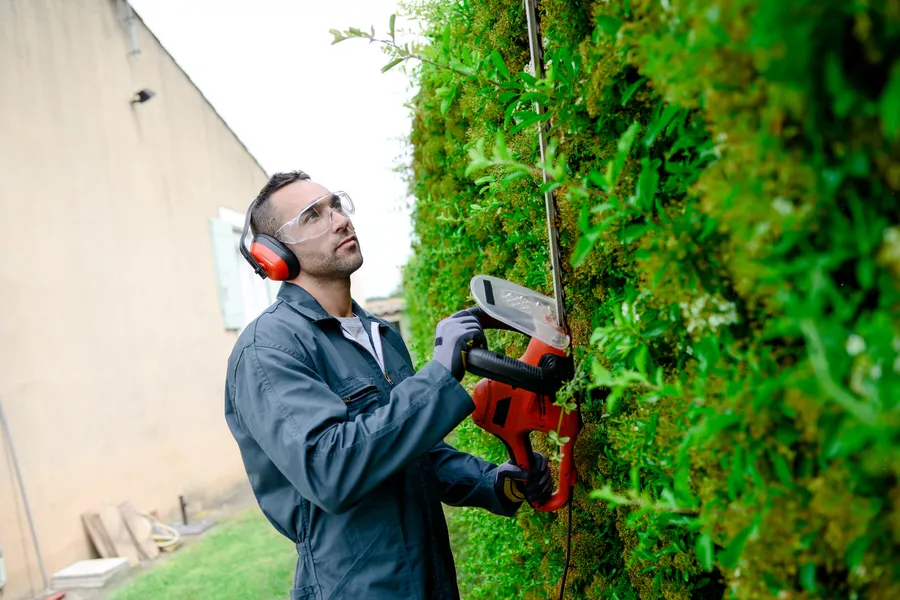The Importance of Regular Pruning for Healthy Shrubs
Maintaining the health and beauty of your garden requires regular attention, especially when it comes to trimming bushes. Properly timed trims can significantly enhance both the growth rate and appearance of your shrubs. By understanding the right schedule and techniques for pruning, you can ensure that your bushes thrive, remain healthy, and add continuous beauty to your landscape. This guide will walk you through how often you should trim bushes for optimal growth, addressing common challenges and providing expert tips along the way.

Benefits of Regular Trimming
Regular bush trimming brings several benefits that are crucial for promoting healthy growth. Firstly, trimming helps remove dead or diseased branches, which can otherwise hinder growth and spread diseases. Secondly, it encourages new growth by stimulating dormant buds, resulting in a fuller and more vibrant shrub. Additionally, consistent trimming shapes the bushes, enhancing their overall appearance and preventing them from becoming overgrown or unruly.
Common Challenges in Maintaining Shrubs
Caring for bushes can present various challenges if not handled correctly. Many gardeners struggle with knowing the right time to trim their shrubs, while others may find it difficult to identify parts of the plant that require cutting. Furthermore, improper trimming techniques can damage plants, leading to stunted growth or even death. Understanding these challenges is vital to prevent potential issues in your gardening efforts.

Effective Solutions for Trimming
To effectively manage bush trimming, it’s essential to follow some straightforward guidelines. Begin by using sharp, clean tools to make precise cuts, reducing the risk of damaging the plant. Consider the type of shrub you’re working on; different species have varying needs in terms of timing and frequency for optimal growth. For most bushes, aim to trim at least twice a year-once in late winter or early spring before new growth begins, and again in midsummer after the first flush of growth.
- Use sharp, clean tools for precise cuts
- Identify the type of shrub to determine specific needs
- Trim most bushes twice a year: late winter/early spring and midsummer
Tips for Successful Pruning
For successful pruning, keep a few key tips in mind. Always start by removing dead or damaged branches first, as this opens up space for healthy growth. When shaping, step back occasionally to assess your work and ensure a balanced look. Avoid over-pruning; cutting off more than one-third of the bush can stress the plant too much. Lastly, research your specific bush species to tailor your approach accordingly.
Cost Considerations for Maintenance
While DIY bush trimming can save money initially, consider the long-term value of professional services. Hiring experts provides assurance that bushes are trimmed according to industry standards, minimizing risks of improper cuts that could lead to costly replacements or repairs. Evaluate the cost against the potential savings in time and maintenance to make an informed decision about whether to hire professionals.
Concluding Recommendations
Regular trimming is essential for maintaining the health and appearance of your bushes. By understanding when and how to prune effectively, you’ll foster optimal growth and keep your garden looking its best year-round. To further support your gardening efforts, consider seeking guidance from local experts who can offer personalized advice based on your area’s climate and plant types. Contact us today at (931) 225-4533 to learn more about our services. Based in Columbia, TN, we at Perez Lawn Service are committed to helping your garden flourish with professional care.